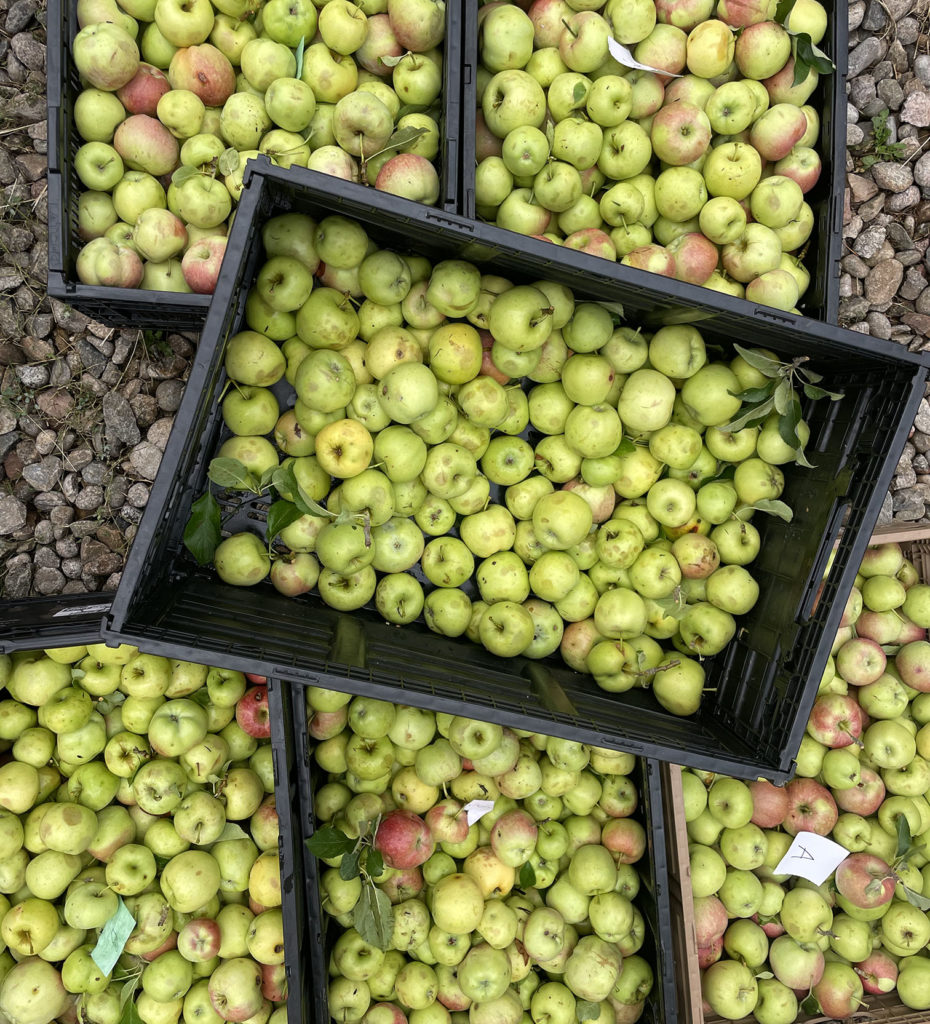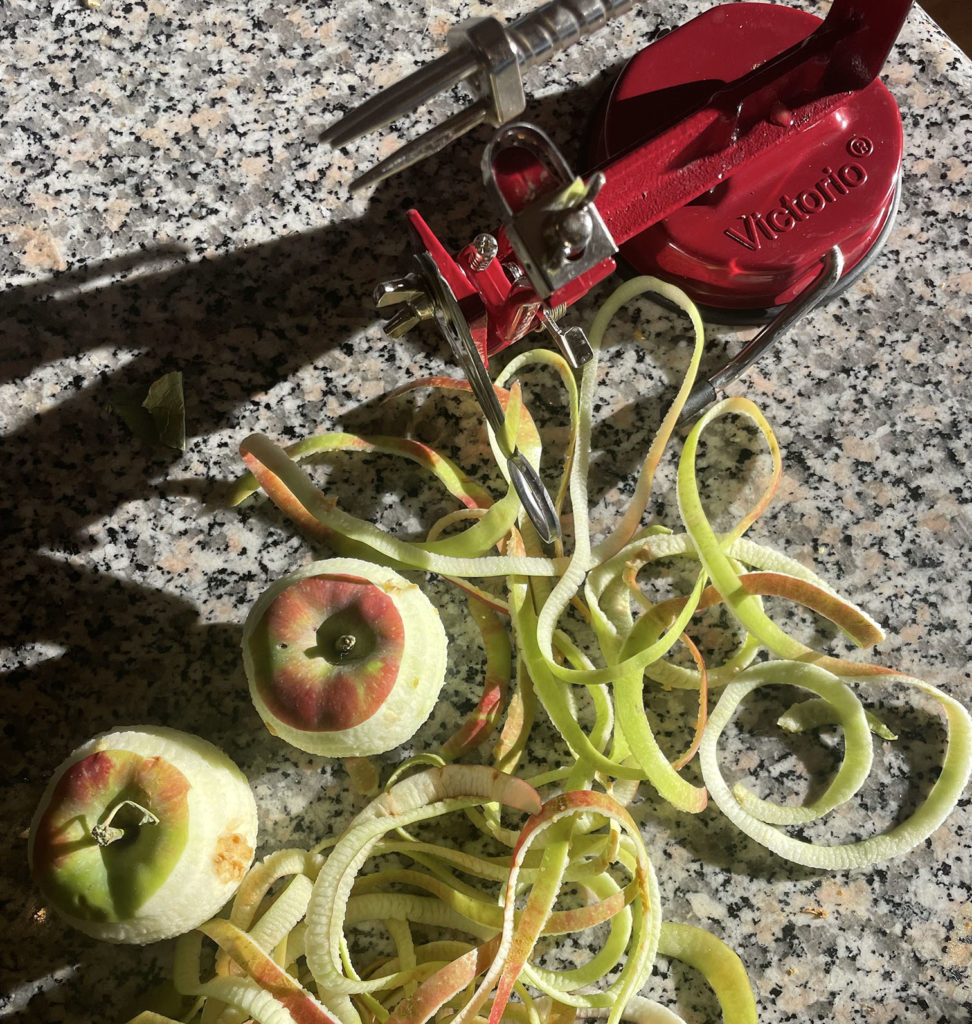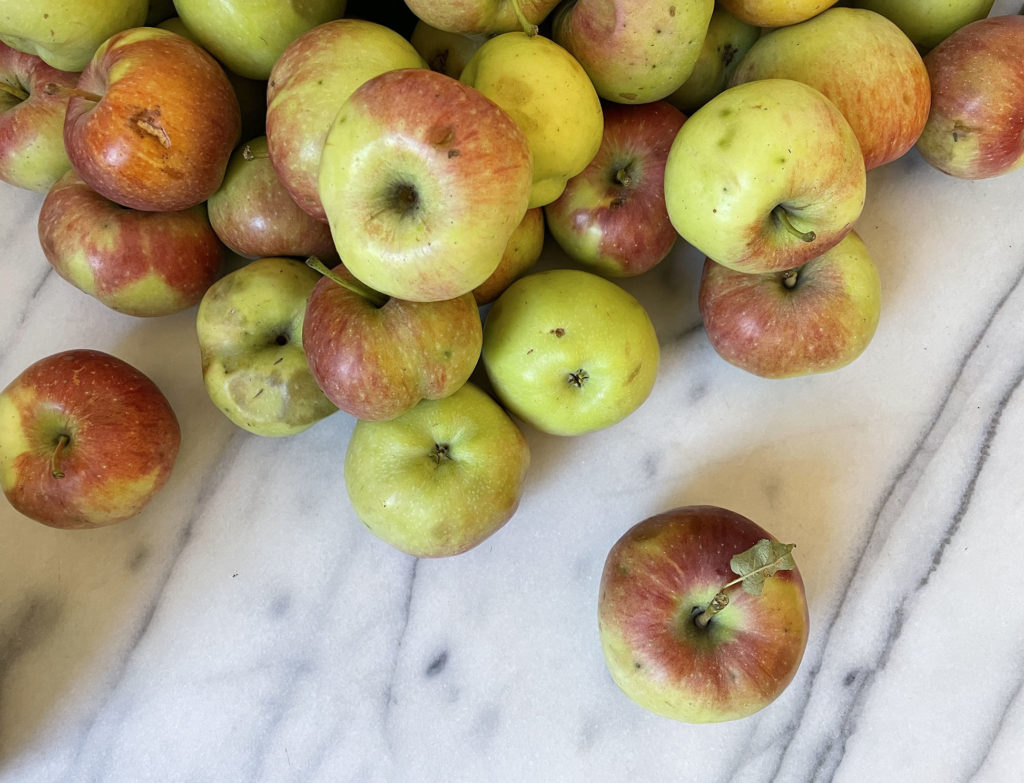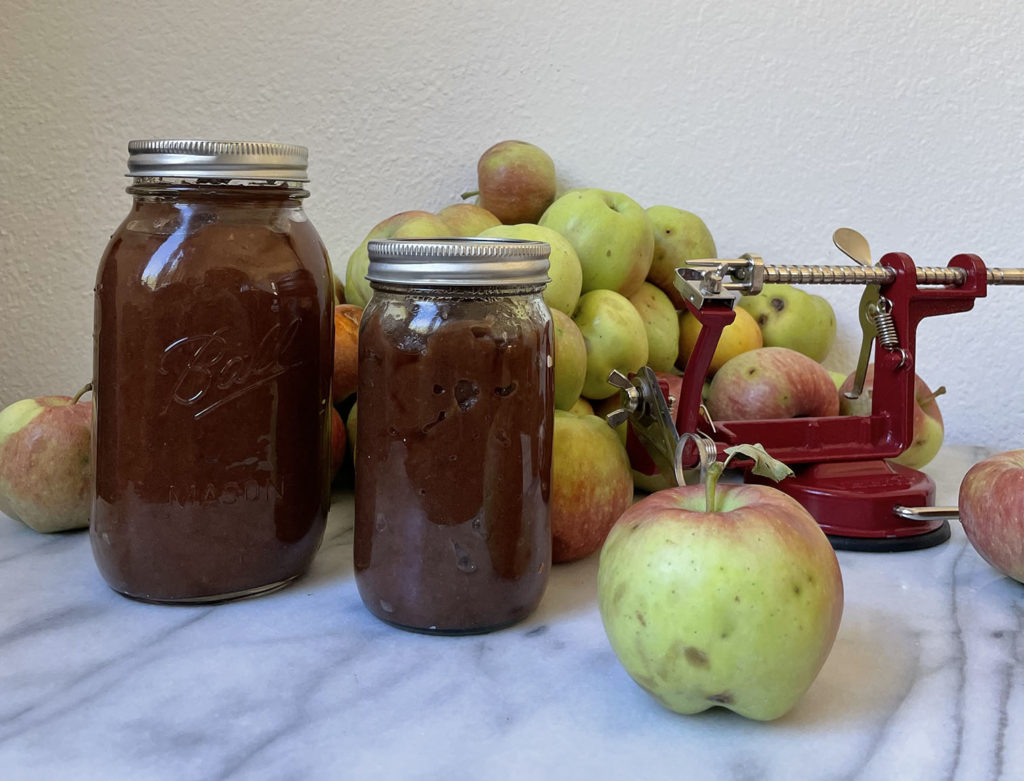
Have you ever walked past a tree full of ripe fruit and wanted to ask the owner if you could pick some? That idea’s not so crazy! Read on to learn more about the practice of gleaning : picking that unwanted fruit before it goes to waste.
Sure, you can always go apple picking at an orchard, but today’s Waste Less Wednesday post is all about going after that forgotten fruit in your neighborhood.

What is Gleaning?
Gleaning is not a new practice and has been practiced for centuries. At one time it was considered legally acceptable for the poor to go into farmers’ fields after the harvest and collect any remaining produce. In modern times, gleaning may encompass many different practices.
I’ve been volunteering with an organization that is specifically focused on harvested fruit crops from backyard trees in an urban setting. Some gleaning organizations collected left-over produce from farmer’s markets, grocery stores, or restaurants. Others may work with farmers to collect unwanted produce from their fields.
No matter the source of the produce, the goal is always the same: to collect food that would other wise go to waste and redistribute it within the community.

What Happens to the Gleaned Food?
The overarching goals for gleaning organizations are to minimize food waste and reduce food insecurity within the local community. In order to effectively meet these goals, there’s often a relationship between the gleaning group and local food pantries.
Reflecting specifically on the work of my local organization, after we harvest fruit, we sort and grade it. The highest quality fruit is donated to our local food pantry. The lowest quality fruit (may be bruised or have a few worm holes) goes to local farms or wildlife sanctuaries to supplement the animals’ diets. The moderate quality fruit is available for volunteers to take home or may be used in different community programs to teach processing and storage techniques.
That “moderate” quality fruit is not pristine. It’ll often have a few areas that need to be trimmed, but it’s otherwise it’s perfectly edible. So far I’ve made a few apple crips, a batch of slow cooker apple butter, pressed cider, and one German apple cake.

How to Get Involved?
Depending upon where you live, it may be a little bit late in the season to get involved, but it’s never to late to plan ahead for next year!
The easiest thing to do is to look for a gleaning organization in your area. Maybe this map will help.
There are often a number of ways to get involved. This fall I volunteered to be a harvest leader. My job is to make sure that we have the supplies needed to carry out a harvest, and I transport the gleaned fruit from our harvest sites to our storage site. If you want a lower commitment, you can volunteer to participate in single harvests when you have the time. But beyond that.
Don’t see a gleaning organization where you live? The USDA has a pamphlet for those interested in starting their own gleaning program. And the Association of Gleaning Organizations provides a number of resources to support their members.
